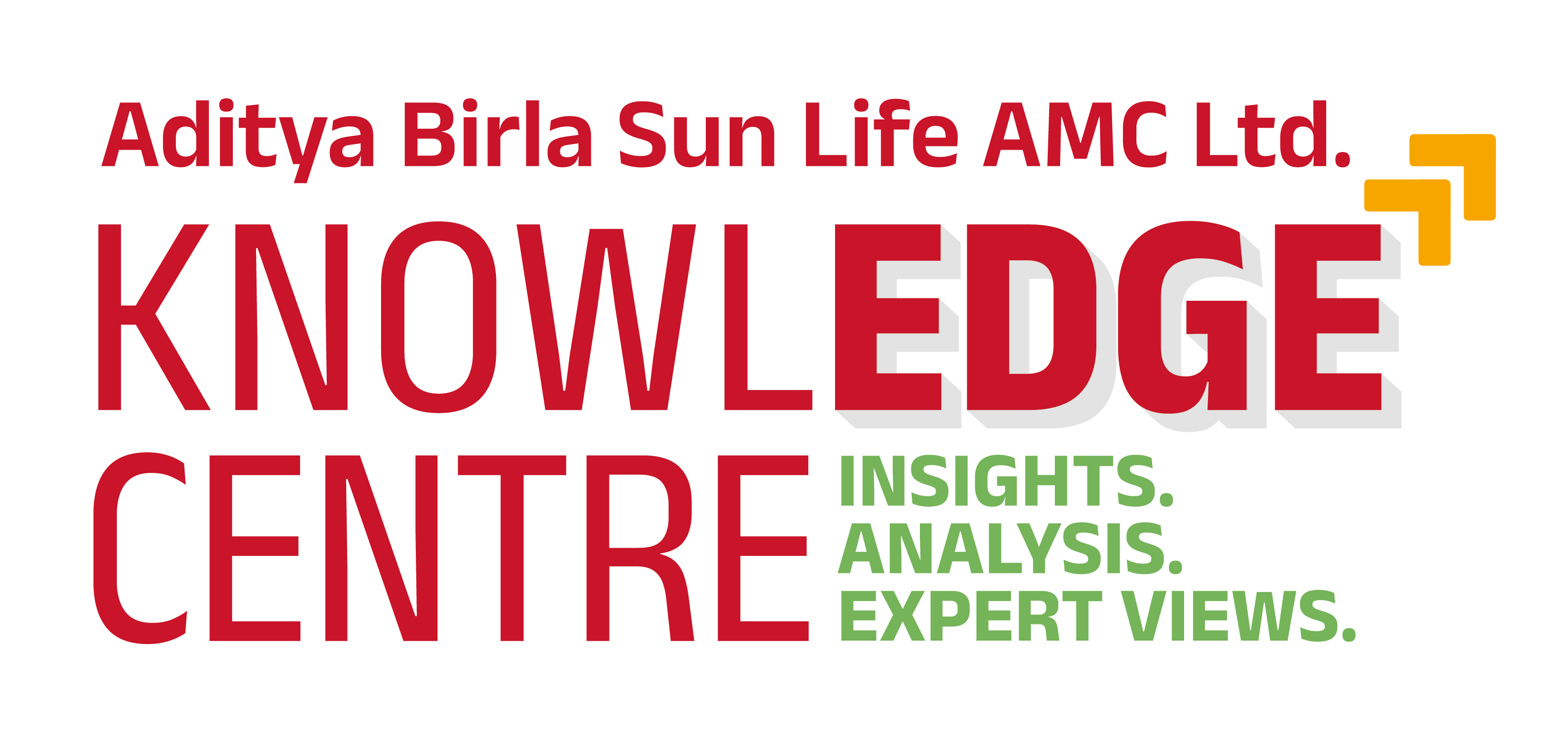-
Our Products
Our FundsFocus Funds
-
Self Care
Self-ServiceFind InformationWays To TransactPartner Solutions
-
Downloads
- Learnings
- About Us
-
More
-
Shareholders
-
Shareholders
-
Updates
-
-
SIP Calculators
- Back
-
Shareholders
Bookmarked: Book Summary of How I Invest My Money

Jan 14, 2025
5 Mins Read
Listen to Article
Authored by Joshua Brown and Brian Portnoy, ‘How I Invest My Money’, comprises a collection of essays from prominent financial experts, advisors, and investors, sharing their personal insights on money management. Unlike traditional personal finance books, this book offers a unique look into what successful financial professionals do with their money. The book showcases a variety of approaches and reflects on the fact that money management is deeply personal and that there is no one-size-fits-all solution.
Their collaborative work stands out because it articulates the real-life application of financial principles and their profound connection to people’s goals and upbringing. The diversity of thought in this book provides valuable lessons for people intending to comprehend money management better.
Alignment of money management with people’s values and goals is one of the key themes of this book; many emphasize that managing wealth is about maximizing returns as well as utilizing it in ways that indicate one’s life goals and principles. Several essays discuss the concept of “enough”, an idea claiming financial success is less about accumulating endless wealth and more about having sufficient resources to live a happy life.
Example: In one of the essays in the book, there is a discussion about the concept of "funded contentment". This says financial planning must focus on not just the financial goals but also contentment and satisfaction from the same. The concept says the key to happiness is not an accumulation of wealth but the ability to live a life that aligns with an individual’s values, like spending quality time with family.
Example: One of the book's editors and a renowned financial advisor shared how his father worked relentlessly to provide for the family. Father’s work ethic and dedication instilled the importance of financial independence. The investments prioritized the creation of a sense of security and stability, as he didn’t want to rely on anyone for his financial well-being.
Example: A contributor took a minimalist approach to investing by considering low-cost index funds providing broad market exposure. The goal is to build a solid foundation of wealth with less complexity and risk. The simplicity of this investment strategy helped focus on other areas of life that provide fulfilment, like family time and travelling.
Example: Barry Ritholtz, a famous financial commentator and advisor, shares his preference for a globally diversified portfolio comprising assets like stocks and real estate. He believes in the long-term growth potential of equities but balances his portfolio with safe and stable assets to reduce risk during market volatility. His strategy is designed to provide growth and minimize the emotional turmoil that can arise from market volatility.
Example: David Bach, author of "The Automatic Millionaire," feels real estate is a cornerstone of personal wealth building. He explains how he prioritizes home ownership as a crucial step toward financial independence as owning property is not just a way to build equity but also a means of creating a stable foundation for life.
Example: Morgan Housel, author of ‘The Psychology of Money’, writes about the importance of having a financial plan that accounts for emotional decision-making. He feels many overestimate their ability to stay calm during market downturns, and a plan in place can help mitigate the emotional aspect of volatility. He feels the best investment strategies are the ones that investors follow during both good and bad times.
Example: Tom Muldowney, a financial advisor, talks about his investment in education for children. In addition to financial assets, he prioritizes investments in his children's future, including funding their education and education on financial literacy. He feels these investments are the most valuable legacy to leave behind.
The views expressed in this article are for knowledge/information purpose only and is not a recommendation, offer or solicitation of business or to buy or sell any securities or to adopt any investment strategy. Aditya Birla Sun Life AMC Limited (“ABSLAMC”) /Aditya Birla Sun Life Mutual Fund (“the Fund”) is not guaranteeing/offering/communicating any indicative yield/returns on investments. Mutual Fund investments are subject to market risks, read all scheme related documents carefully.
Further, the book highlights that financial decisions are often rooted in personal experiences, and each contributor’s story is influenced by their upbringing, personal struggles, career choices and how they influence their perspectives on investing. Many share the financial habits of their parents or grandparents that shaped their independent views on financial security.
Several contributors emphasize the importance of investing for financial security and personal freedom. The idea is to accumulate enough wealth for financial security for both self and family and get the freedom to pursue other interests. This concept transcends conventional retirement planning, thus encompassing the notion of financial independence and controlling one’s time and life choices.
One of the book's key strengths is that it showcases the diverse approaches to asset allocation and portfolio management. Despite all contributors being finance professionals, their strategies vary significantly since their personal goals, risk tolerance, and beliefs about the market differ. Some favour a conservative, hands-off approach, while some prefer an active, growth-oriented one. This indicates there is no "right" way to invest, and that an investor’s decisions must be tailored to their unique goals and attributes.
Real estate investments have been commonly brought up in essays, with many contributors indicating the significance of property ownership in their portfolios. Real estate is often considered an investment that offers both financial returns and financial security. Some attain stability and a way to diversify beyond financial assets like stocks and bonds by either owning a home or a rental property.
A most-talked theme in the book is the emotional aspect of investing. Many discuss the challenges of managing their emotions, especially when markets are volatile. Despite their professional expertise, even seasoned financial advisors are accustomed to fear and uncertainty when the market takes a hit. Hence, they articulate that discipline, patience, and a long-term perspective are critical for successful investing.
Many contributors articulate the benefits of financial planning for future generations. In this case, investing is about personal wealth accumulation as well as creating a legacy. Contributors discuss the incorporation of education, trust funds, and family financial planning into their investment strategies to ensure future generations are financially stable.
Another emerging theme in the book is the growing interest in socially responsible and impact investing. Contributors intend to align their investment choices with their personal values, like supporting environment-friendly companies or contributing to community development. The aim is to create both financial returns and positive social and environmental outcomes.
The book captures the different approaches to wealth management by the contributors that reflect their own experiences and values. This offers readers a glimpse into their financial acumen, showing even professionals make financial decisions based on their circumstances over following any formula. This book teaches us that there is no “right” way to invest. The key to financial success is to develop a plan that aligns with an individual’s values, goals, and circumstances. This can help build a financial future that not only provides wealth but also meets the definition of success.
You May Also Like
Loading...





 1800-270-7000
1800-270-7000









